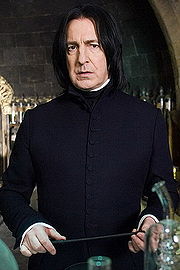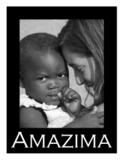 This group is from around 1476. The statues are made of oak wood, and the style is sort of formal, sort of emotional. Not as restrained as Gothic, but not as emotive as the Renaissance.
This group is from around 1476. The statues are made of oak wood, and the style is sort of formal, sort of emotional. Not as restrained as Gothic, but not as emotive as the Renaissance.The sadness comes across to me. I saw this group right after a friend of mine died. I felt the emotion of the Mary's and James. I really put myself in the group. [sigh] I still feel it when I see it.
But who were those other two men? Well, apparently, Entombment groups usually include Joseph of Arimethea, and Nicodemus. Who were they? This Joseph is mentioned in the Gospels as the rich man who bought the fine linen to wrap Jesus' body and gave up his own tomb for Jesus to be laid in. Nicodemus, another rich man, brought the myrrh and aloes for preparing Jesus' body for burial. I think Joseph is on the left, and Nicodemus is on the right.
It's interesting to me that both men are said to be rich. At the time when most of these Entombment sculptures were being done, they were commissioned by wealthy Christians who wanted to beautify/be remembered in their local churches - generally cathedrals, or sites along the pilgrimage trail of Santiago de Compostela. The family crests of the patron are on the side of Jesus' coffin.
The other statues represent, from the left, Mary - Martha's sister (probably), the Virgin Mary, James (the Beloved), Salome (not the one who had John the Baptist beheaded), and Mary Magdalene.
For my research I read, The entombment of Christ: French sculptures of the fifteenth and sixteenth centuries, by William H. Forsyth, Published for the Metropolitan Museum of Art, by the Harvard University Press, Cambridge, MA, 1970.
















